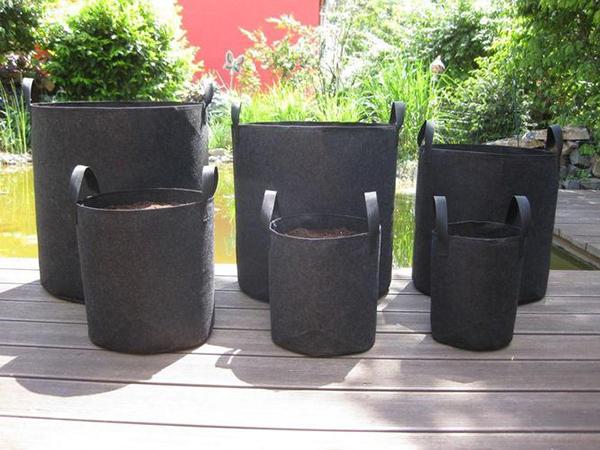When mentioning hemp fiber, aside from common applications like hemp ropes and sacks, it is also a popular material in the clothing industry. However, the benefits of hemp fiber go far beyond these uses. The combination of hemp fiber and PLA fiber creates new possibilities for both materials.
Hemp fiber is generally derived from natural plants such as flax, hemp, and ramie.
It can quickly absorb and evaporate moisture, making it an excellent choice for summer wear.Additionally, hemp fiber has high strength, making it durable and wear-resistant, which makes it suitable for producing long-lasting fabrics such as canvas and ropes.
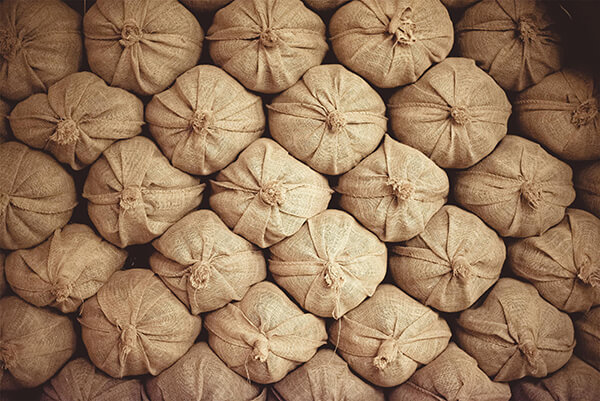
Both hemp fiber and PLA fiber are natural materials with excellent antibacterial properties and biodegradability.
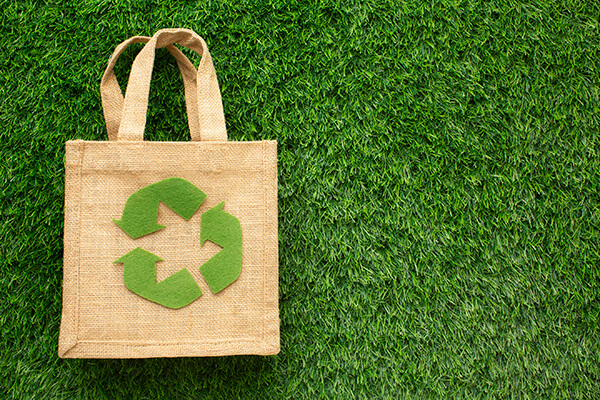
However, hemp fiber also has some disadvantages, such as a slightly rough texture and a tendency to wrinkle easily.
Why Combine These Two Fibers?
When used individually, PLA fiber and hemp fiber each showcase their unique sustainability, eco-friendliness, and functionality. However, in certain applications, both materials have some limitations.
By combining PLA fiber with hemp fiber, their strengths can complement each other, resulting in a final product that offers eco-friendliness, comfort, and durability.
Specific Applications of Hemp Fiber and PLA Fiber
1. Automotive Interiors and Components
Natural fibers and biopolymers exhibit certain complementary properties. PLA fiber is highly moldable and easy to process. Studies have shown that hemp fiber-reinforced PLA composites can achieve mechanical properties comparable to traditional engineering plastics such as PP and ABS.
Applying hemp-PLA composites to automotive interiors, door panels, and seat backrests not only contributes to lightweight and environmentally friendly vehicle parts but also helps improve indoor air quality due to their natural composition.
Both PLA fiber and hemp fiber originate from renewable plant-based sources and possess excellent biodegradability. By reducing dependence on petroleum-based resources and lowering CO₂ emissions, they align well with the sustainability goals of the new energy vehicle industry.

2. Packaging Applications
The high strength of hemp fiber gives it superior wear resistance and tear resistance compared to many synthetic fibers, making it ideal for various packaging applications.
PLA fiber can be blended with jute to enhance flexibility.
Bicomponent PLA fibers can replace traditional ES fibers, providing a natural binding effect while avoiding potential allergens and irritants, preserving the fully natural advantages of the material.
These properties further expand its potential applications in eco-friendly packaging.
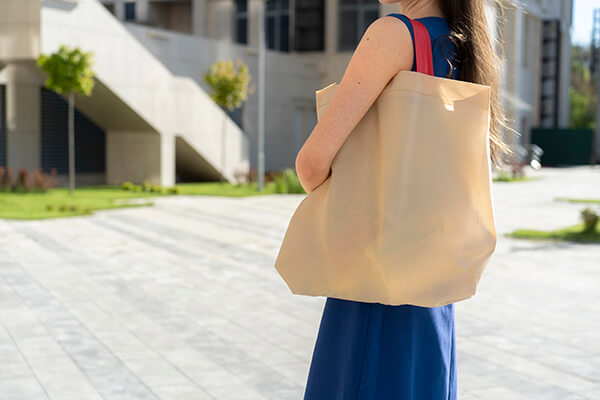
3. Apparel and Home Textiles
Both hemp fiber and PLA fiber naturally exhibit antibacterial properties, and their combination can further enhance the hygienic performance of related products.
Hemp fiber has excellent moisture absorption, while PLA fiber has great breathability. Their blend provides a comfortable wearing experience, allowing the fabric to maintain hemp’s superior moisture management while integrating PLA’s quick-dry properties, reducing stuffiness—making it particularly suitable for summer clothing.
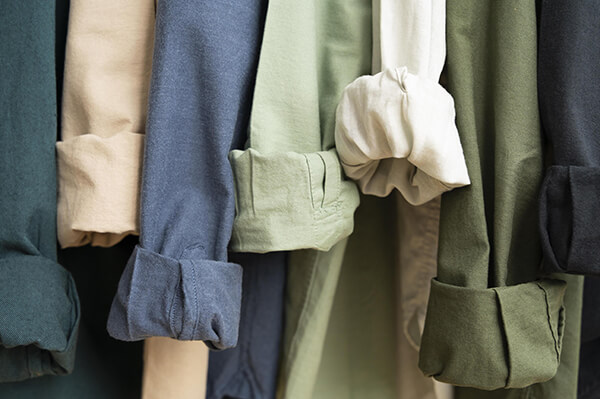
Additionally, PLA-hemp fiber blends can be applied to mattresses and bedding products.Both fibers exhibit natural antibacterial and anti-mite properties.Their breathability ensures a comfortable sleep environment.The molecular structure of PLA fiber provides good elasticity, ensuring that PLA-hemp mattresses maintain stability and durability over time without collapsing.
In terms of safety, PLA material self-extinguishes when removed from a flame, enhancing the fire safety of mattresses made from it.

4.Composite Panels
With the rise of the low-carbon economy, hemp-PLA composite panels have broad application prospects.
For instance, in wall panel applications, PLA fiber provides excellent mechanical strength and processability. When combined with hemp fiber, the resulting material is formaldehyde-free and free of harmful substances, ensuring safety and environmental friendliness. It also boasts high strength, breathability, and moisture resistance, preventing mold growth and contributing to a healthier and more comfortable indoor environment.
Furthermore, hemp-PLA composite panels can be hot-pressed and used for mobile phone back covers and similar applications.
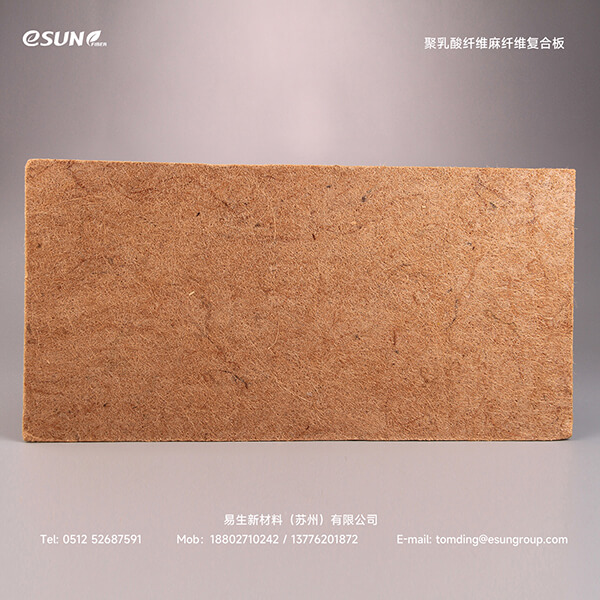
Conclusion
The combination of PLA fiber and natural fibers offers numerous benefits by complementing each other’s strengths. As technology continues to evolve, their application in sustainable textile manufacturing will have vast development potential.











